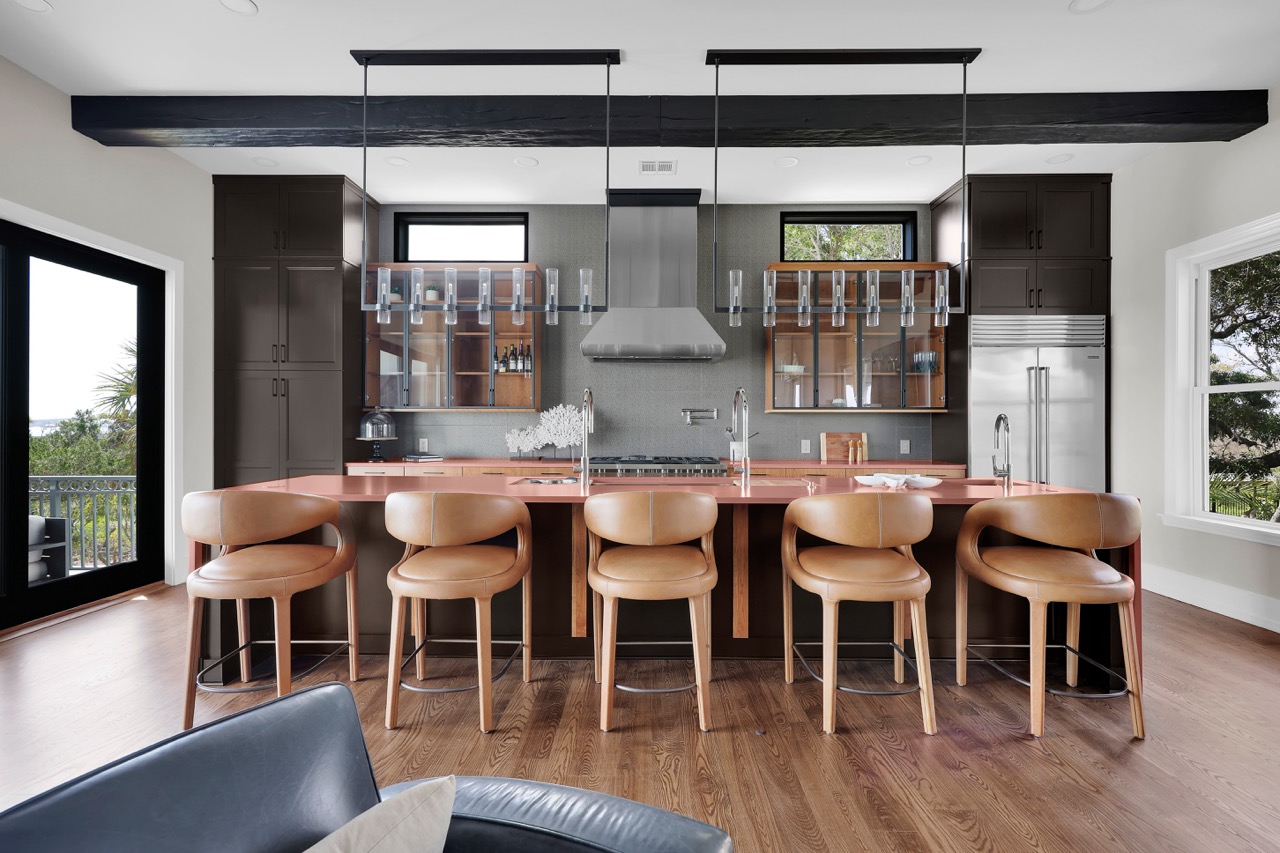With the modern lifestyle being increasingly redefined by technology, the incorporation of technology has become a crucial factor in home design. Kitchens and bathrooms, especially, have become more than just a functional area. They are now a place of interaction, providing comfort, efficiency, and functionality. Nonetheless, the incorporation of such technology must be accompanied by special expertise. Professionals now require more than just basic design proficiency. In this blog, we will discuss the importance of Kitchen and Bath Design Group courses in learning how to integrate smart homes and how they equip designers to ensure they meet the changing demands of modern homeowners.
Kitchen and Bath Design Group Courses: The Key to Learning Smart Home Integration
The sections below discuss how Kitchen and Bath Design Group courses equip designers to master smart home technology, improve user experience, and design intelligent and future-ready spaces.
1. Establish a Firm Base in Intelligent Technology
Integration of smart home in kitchens and bathrooms is not just about the installation of gadgets, but it involves an in-depth knowledge of how various systems can interrelate to form a cohesive user experience. Kitchen and Bath Design Group classes offer such a base by educating designers on the use of IoT-enabled appliances, smart lighting, automated climate control, connected security, and smart water management solutions.
Practical design issues, including spatial planning, ergonomics, workflow optimization, and material selection, are also the subject of these courses. An example is that a smart kitchen may include a refrigerator that will be able to connect with an oven, or a bathroom may have a mirror that adjusts to the calendar and light preferences of the homeowner.
2. Designing with Functionality and User Experience
A major issue in smart home design is that technology must add value to usability and not make it complex. The courses of Kitchen and Bath Design Group teach designers to concentrate on solutions that are user-oriented and maximize the functionality and flow of each space. Designers are taught to expect everyday life issues, to put convenience at the forefront, and to incorporate systems that react to natural human behavior.
In the kitchen, this could include creating countertops and cabinet designs that would be compatible with smart devices, such as ovens that can be preheated remotely or dishwashers that can change their wash cycle depending on the workload. In the bathrooms, designers can design touchless faucets, automated showers, and smart mirrors that monitor health or provide entertainment.
3. Living with the Fast-Growing Technology
Smart home technology is evolving faster than any other aspect of interior design. New devices, connectivity standards, and home automation systems are introduced every year, and the designer has to keep up with them. The courses offered by Kitchen and Bath Design Group are specifically designed to offer the latest information regarding these innovations. Best practices in future-proofing designs are also taught in such courses.
Hence, the homeowners can embrace new technologies without necessarily making expensive changes. Such a proactive strategy will guarantee that the spaces are up-to-date and flexible. These courses also focus on voice-activated appliances, AI-based climate controls, and highly developed energy management systems.
4. Promoting Safety and Compliance
The use of smart technology in bathrooms and kitchens brings in some special precautions. The electrical systems, water connection, ventilation, and structural parts should comply with high building codes and standards, particularly in cases where automation is involved. Kitchen and Bath Design Group courses focus on the significance of compliance and educate the designers to plan installations that are not only innovative but also safe.
For instance, there are classes on how to position outlets of smart appliances correctly, waterproofing devices that are connected to the bathroom, and avoiding circuit overloads. Through adherence to these safety and compliance principles, the designers minimize the possibility of accidents and make installed systems reliable over time.
5. Improving Sustainability and Efficiency
Smart home technologies are not just convenient- they can be environmentally friendly as well. Kitchen and Bath Design Group courses emphasize approaches to designing energy-efficient and environmentally friendly areas. Designers are taught to use water-saving faucets, low-energy lights, computerized climate control, and intelligent appliances that do not consume much electricity. This could be in the form of refrigerators that can be set to specific temperature levels to preserve foods in the best way possible, or dishwashers that can be set to use the least amount of water and detergent.
In bathrooms, designers will be able to indicate showers that preset water temperature and minimise waste. These systems do not just save on utility expenses, but also help in the environmentally friendly design. Designers can also create value for the eco-conscious clients by learning to incorporate sustainable technology to ensure greener homes.
6. Promoting Design in Tech-Enhanced Design
One of the major myths about smart homes is that technology is cold and technical. The courses of Kitchen and Bath Design Group educate designers on how to integrate smart systems into designs without losing the style. The professionals are taught to incorporate concealed panels, smooth surfaces, and control at a fundamental level that go hand in hand with the overall design aesthetics.
Courses also promote the use of materials, light effects, and layout innovations that make the use of smart devices more enjoyable. Designers are able to make welcoming, cozy environments that have technology but not obtrusive, and a combination of functionality and creativity. The blend of innovation and design artistry is one of the main advantages of attending a Kitchen and Bath Design Group course.
Conclusion
Smart home integration is not just a fancy feature anymore. It is a specificity of contemporary kitchens and bathrooms. Through Kitchen and Bath Design Group courses, designers will have the knowledge to incorporate the best technology without interference and to make spaces comfortable, secure, sustainable, and appealing. These courses cover the basics of interoperability of systems to maximize users’ experience, which is what is needed to address the current design requirements.
Want to take your design to the next level in the age of smart homes? Enroll in a SEN Design Group kitchen and bath design course today!




